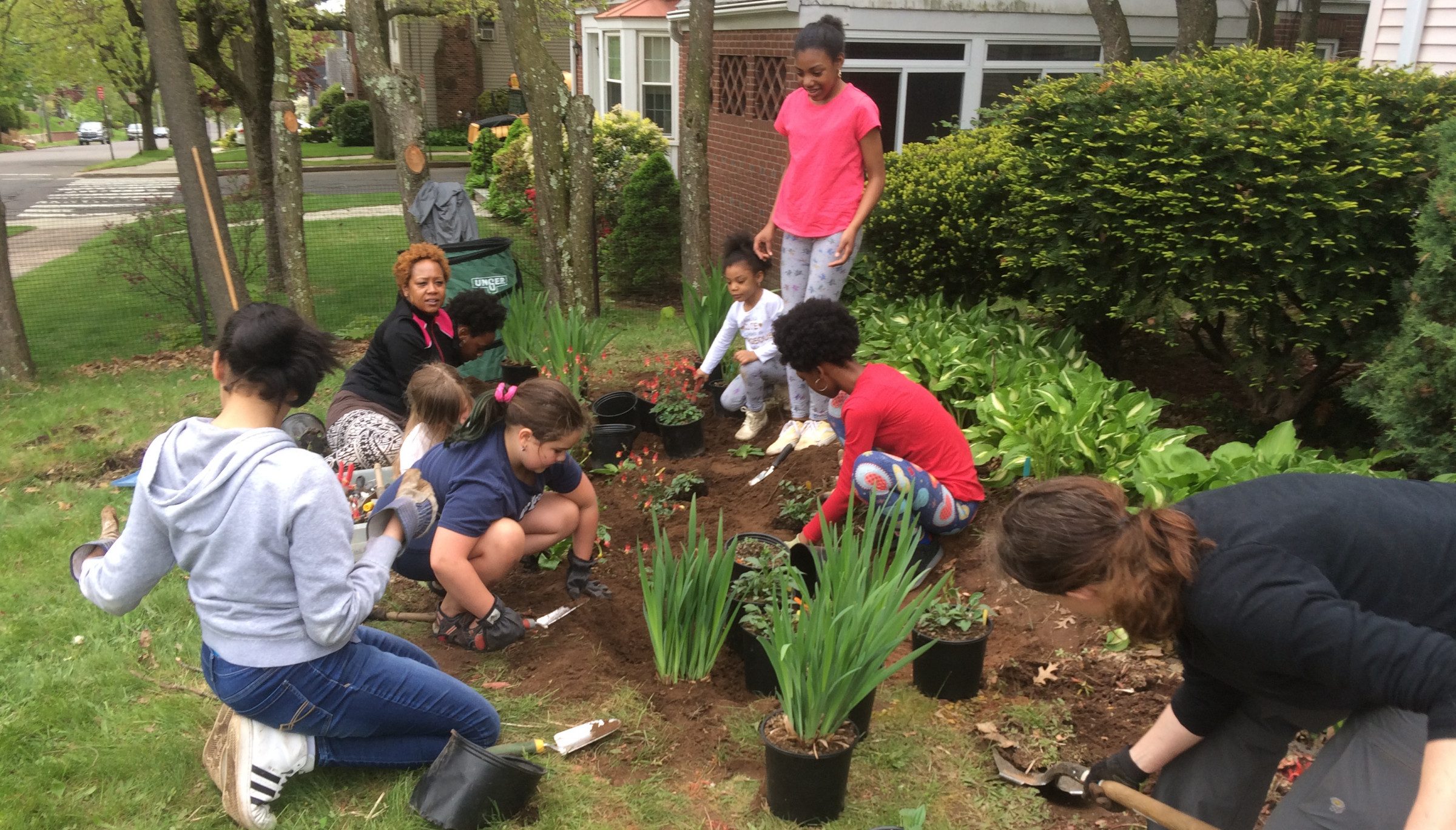 When rain falls on a forest, it’s absorbed and filtered by soil. But the impermeable surfaces of modern cities, like pavement and rooftops, disrupt these natural processes. Instead, stormwater runoff causes local flooding and carries greases, salts, fertilizers, pesticides, and pet waste into storm drains and rivers.
When rain falls on a forest, it’s absorbed and filtered by soil. But the impermeable surfaces of modern cities, like pavement and rooftops, disrupt these natural processes. Instead, stormwater runoff causes local flooding and carries greases, salts, fertilizers, pesticides, and pet waste into storm drains and rivers.
Runoff is one of the largest sources of pollution in Long Island Sound. Excess nitrogen and phosphorus from runoff contribute to depleted oxygen levels that smother aquatic life, while bacteria contaminate water, making beaches unsafe for swimming and fishing. Additionally, many stormwater and sewer systems are combined, causing the pipes to fill up quickly when it rains and forcing untreated sewage into Long Island Sound. This leads to beach and shellfish bed closures every year.
That’s why Save the Sound’s Ecological Restoration team works in communities around the Sound to reduce runoff pollution with the help of green infrastructure and watershed planning. Rain gardens and bioswales, pervious pavements, and green roofs reduce stormwater runoff, address localized flooding, and eliminate sewage overflows.
For more information on stormwater runoff and green infrastructure—including how to install a rain garden of your own—visit ReduceRunoff.org.
Save the Sound has completed numerous green infrastructure projects throughout Connecticut including Connecticut’s Beardsley Zoo in Bridgeport, multiple sites throughout the West River Watershed in New Haven, and the Quinnipiac River.
Click here to see how volunteers are making our green infrastructure initiatives possible.
Interested in learning more about green infrastructure by volunteering at a rain garden site? Email reducerunoff@savethesound.org for information.

